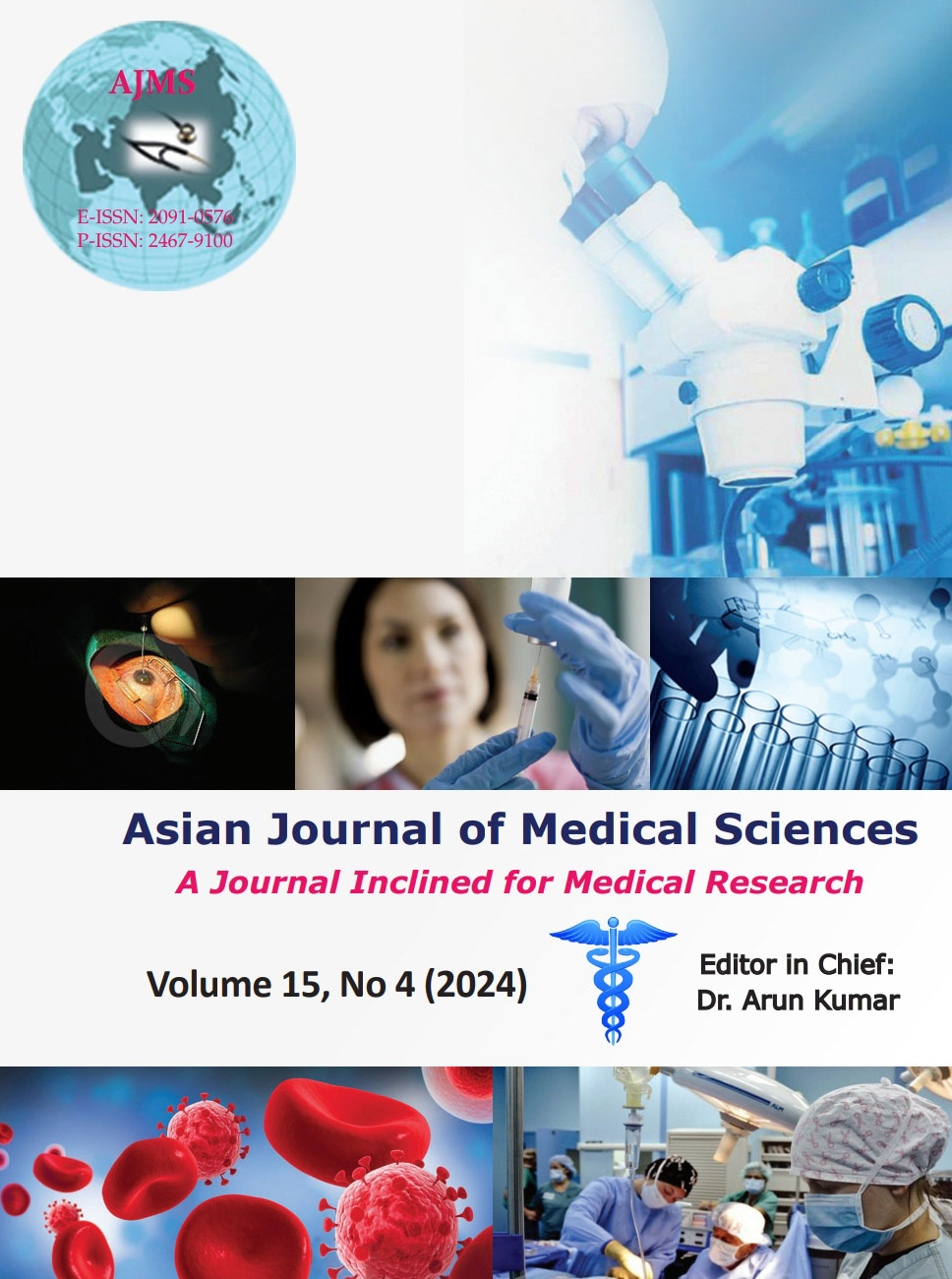Comparison of hemodynamic response of intravenous lidocaine and esmolol during laryngoscopic intubation under general anesthesia for major abdominal surgery
Keywords:
Endotracheal intubation; Esmolol; Hemodynamic response; LidocaineAbstract
Background: Many studies have shown the beneficial effect of prophylactic lidocaine or esmolol on hemodynamic response during laryngoscopic intubation. Although many studies observed a better effect of esmolol over lidocaine, some studies have drawn an impression of equal efficacy or even no benefit with the use of either of the drugs.
Aims and Objectives: The study aimed to compare the heart rate (HR) at 1 min after intubation between the patients receiving lidocaine and esmolol. Other outcome measures were to compare HR at 3 and 5 min post-intubation and to compare the mean arterial pressure at 1, 3, and 5 min after intubation. In addition, the adverse events, if any, were noted.
Materials and Methods: Fifty patients, 30–45 years, either sex, Mallampati grade 1–2, of the American Society of Anesthesiologists physical status I-II, posted for elective abdominal surgery requiring direct laryngoscopic endotracheal intubation were included. Patients were randomly allocated into two groups to receive esmolol 2 mg/kg (Group E, n=25) or 2% lidocaine 2 mg/kg (Group L, n=25), intravenously. HR and mean arterial blood pressure (MAP) were recorded at 1-, 3-, and 5-min interval post-intubation.
Results: The mean HR at 1-min post-intubation was considerably lower using esmolol in comparison with lidocaine (91.7±9.7 vs. 107.7±5.1, P≤0.0001). The mean HR and MAP at 3-min and 5-min post-intubation were considerably lower with the use of esmolol compared with lidocaine.
Conclusion: Esmolol is better than lidocaine in attenuating the hemodynamic response of intubation.
Downloads
Downloads
Published
How to Cite
Issue
Section
License
Copyright (c) 2024 Asian Journal of Medical Sciences

This work is licensed under a Creative Commons Attribution-NonCommercial 4.0 International License.
Authors who publish with this journal agree to the following terms:
- The journal holds copyright and publishes the work under a Creative Commons CC-BY-NC license that permits use, distribution and reprduction in any medium, provided the original work is properly cited and is not used for commercial purposes. The journal should be recognised as the original publisher of this work.
- Authors are able to enter into separate, additional contractual arrangements for the non-exclusive distribution of the journal's published version of the work (e.g., post it to an institutional repository or publish it in a book), with an acknowledgement of its initial publication in this journal.
- Authors are permitted and encouraged to post their work online (e.g., in institutional repositories or on their website) prior to and during the submission process, as it can lead to productive exchanges, as well as earlier and greater citation of published work (See The Effect of Open Access).




